Home>Furniture & Design>Bathroom Accessories>What Size Exhaust Fan Do I Need For My Garage
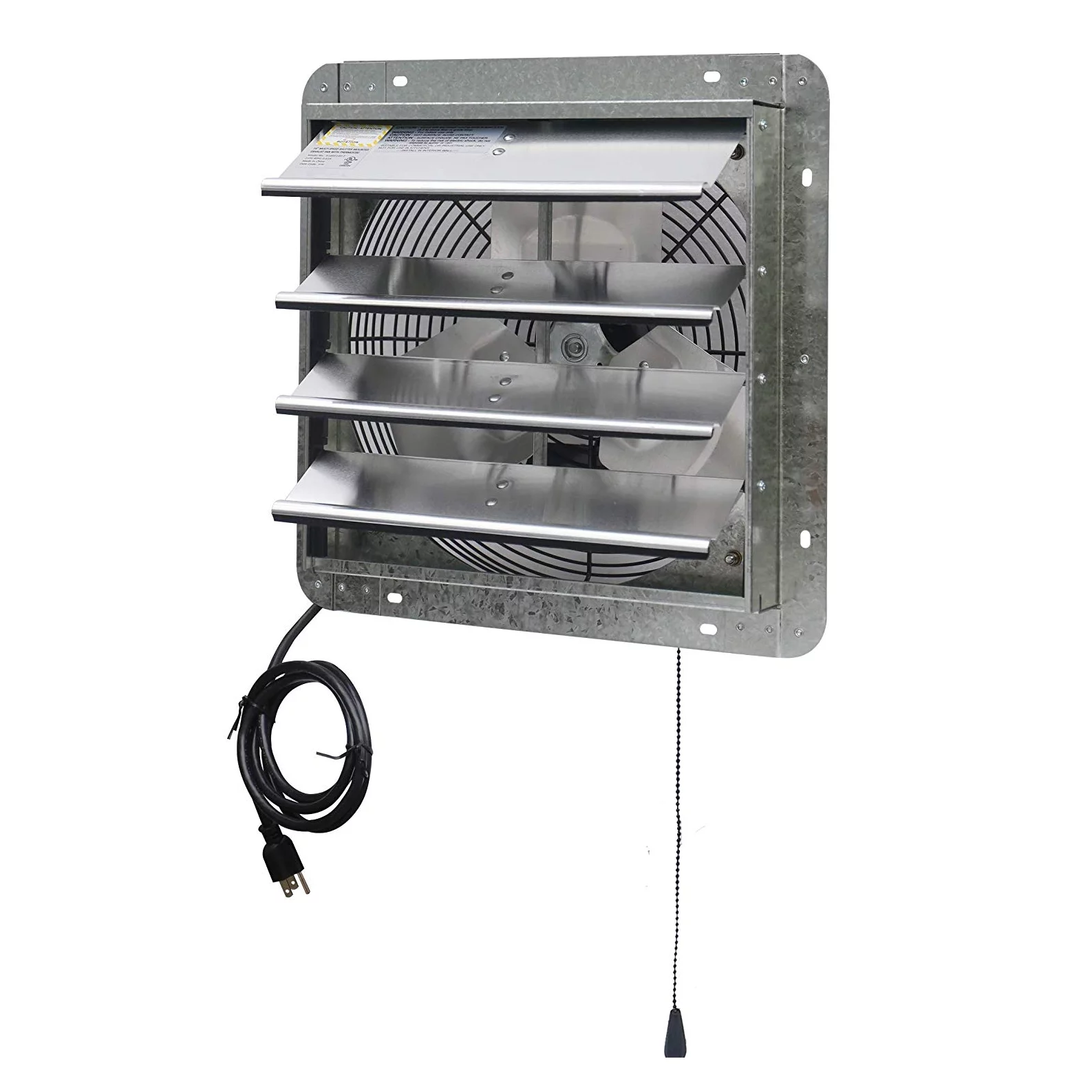

Bathroom Accessories
What Size Exhaust Fan Do I Need For My Garage
Modified: April 22, 2024
Find the right size exhaust fan for your garage with our expert guide on bathroom accessories. Keep your space well-ventilated and comfortable.
(Many of the links in this article redirect to a specific reviewed product. Your purchase of these products through affiliate links helps to generate commission for Storables.com, at no extra cost. Learn more)
Introduction
Proper ventilation is crucial for maintaining a healthy and comfortable environment in any space, including your garage. Whether you use your garage for parking your car, DIY projects, or as a workshop, ensuring adequate air circulation is essential. One of the key components of a well-ventilated garage is an exhaust fan. This article will guide you through the process of selecting the right size exhaust fan for your garage, taking into account various factors such as garage size, usage, and ventilation requirements.
Adequate ventilation in the garage serves several important purposes. It helps to expel stale air, odors, and potentially harmful fumes that can accumulate from vehicle exhaust, paints, solvents, and other chemicals commonly found in garages. Additionally, proper ventilation can help regulate temperature and humidity levels, preventing the buildup of moisture that can lead to mold, mildew, and corrosion of tools and equipment.
Selecting the right size exhaust fan for your garage is crucial to ensure optimal air exchange and ventilation. A fan that is too small may not effectively remove pollutants and maintain air quality, while an oversized fan may lead to excessive energy consumption and unnecessary noise. By understanding the factors that influence the choice of exhaust fan size and the methods for calculating the required airflow, you can make an informed decision that aligns with your specific garage ventilation needs.
In the following sections, we will delve into the importance of proper ventilation in the garage, explore the key factors to consider when choosing the right size exhaust fan, discuss the methods for calculating the required CFM (cubic feet per minute) for your garage, examine different types of exhaust fans suitable for garage applications, and provide installation and maintenance tips to ensure optimal performance of your garage exhaust fan. Whether you are a car enthusiast, a hobbyist, or simply someone who values a well-maintained garage space, understanding the nuances of garage ventilation and exhaust fan selection will empower you to create a more comfortable, healthier, and safer environment within your garage.
Key Takeaways:
- Proper ventilation in the garage is crucial for air quality, comfort, and safety. Choosing the right size exhaust fan based on garage size, usage, and pollutant levels ensures a healthier and more inviting space.
- Calculating the required CFM for your garage helps determine the right exhaust fan size. Consider factors like garage volume, air exchange rate, and time to achieve optimal air quality and ventilation.
Read more: What Size Garage Door Opener Do I Need
Understanding the Importance of Proper Ventilation in the Garage
Proper ventilation in the garage is often overlooked, yet it plays a critical role in maintaining a safe and functional space. The garage is not just a place to park vehicles; it serves as a workshop, storage area, and sometimes even a recreational space. Without adequate ventilation, the garage can become a breeding ground for stagnant air, noxious fumes, and excess moisture, posing potential health risks and compromising the integrity of stored items and equipment.
One of the primary reasons for ensuring proper ventilation in the garage is the need to expel harmful pollutants and fumes. Vehicle exhaust, paints, solvents, and other chemicals commonly found in garages can release toxic gases and odors. Without effective ventilation, these pollutants can accumulate, creating an unhealthy and unpleasant environment. Furthermore, prolonged exposure to such pollutants can have adverse health effects, making proper ventilation a crucial aspect of maintaining a safe and habitable garage space.
In addition to removing pollutants, proper ventilation helps regulate temperature and humidity levels within the garage. Inadequate airflow can lead to the buildup of heat and moisture, creating an environment conducive to mold, mildew, and corrosion. These issues not only affect the structural integrity of the garage but can also damage tools, equipment, and stored items. By facilitating air exchange and moisture control, ventilation contributes to preserving the condition of the garage and its contents.
Moreover, effective ventilation can enhance overall comfort and usability of the garage. Whether you use the space for DIY projects, hobbies, or simply as an extension of your home, a well-ventilated garage provides a more pleasant and inviting environment. It helps mitigate stuffiness, staleness, and lingering odors, creating a space that is conducive to productivity and relaxation.
By understanding the importance of proper ventilation in the garage, you can recognize the value of investing in an appropriately sized exhaust fan. This foundational understanding sets the stage for evaluating the specific ventilation needs of your garage and selecting the right exhaust fan to achieve optimal air quality, comfort, and safety within the space.
Factors to Consider When Choosing the Right Size Exhaust Fan
When selecting the right size exhaust fan for your garage, several key factors come into play to ensure optimal ventilation and air quality. Understanding these factors is essential in making an informed decision that aligns with the specific needs and characteristics of your garage space.
-
Garage Size: The size of your garage is a fundamental consideration when determining the appropriate exhaust fan size. Larger garages require fans with higher airflow capacity to effectively circulate and ventilate the air. Conversely, smaller garages may suffice with a smaller exhaust fan. Assessing the square footage and volume of the garage provides a foundational basis for determining the required airflow capacity of the exhaust fan.
-
Intended Usage: Consider how you use your garage. If it serves as a workshop where you engage in activities that generate fumes, such as painting or woodworking, or if it houses vehicles with combustion engines, the ventilation requirements will be higher. Understanding the specific activities and potential sources of pollutants in your garage helps in gauging the necessary ventilation capacity.
-
Pollutant Levels: Evaluate the types and levels of pollutants typically present in your garage. This includes vehicle exhaust, chemical fumes, and airborne particles. Higher pollutant levels necessitate a more robust exhaust fan to effectively remove contaminants and maintain air quality.
-
Local Climate: Climate conditions in your area can impact ventilation needs. In regions with high humidity, extreme temperatures, or frequent inclement weather, proper ventilation becomes even more critical to prevent moisture buildup and maintain a comfortable environment. The exhaust fan size should be chosen to accommodate the specific climate-related ventilation requirements.
-
Ductwork and Airflow Resistance: Consider the layout of your garage and any existing ductwork. Factors such as the length and configuration of ducts, as well as potential obstructions, can affect airflow resistance. It's important to choose an exhaust fan size that can overcome these resistance factors to ensure efficient air exchange.
-
Noise Level Tolerance: The size of the exhaust fan can impact its noise level. Larger fans generally produce more airflow but may also generate more noise. If noise is a concern, particularly if the garage is adjacent to living spaces, balancing the fan size with noise level becomes crucial.
By carefully considering these factors, you can determine the appropriate size of the exhaust fan that best suits your garage's ventilation needs. This thoughtful approach ensures that the selected fan effectively addresses air quality, comfort, and safety concerns within the garage space.
Calculating the Required CFM for Your Garage
Calculating the required CFM (cubic feet per minute) for your garage is a crucial step in determining the appropriate size of the exhaust fan. CFM represents the volume of air that the fan can move in one minute and serves as a key metric for evaluating the fan's capacity to ventilate the garage effectively.
To calculate the required CFM for your garage, you can use a simple formula based on the size and characteristics of the space. The general guideline is to achieve a complete air exchange in the garage within a specific timeframe, typically every 3 to 5 minutes. This ensures that pollutants and stale air are continuously removed, maintaining a fresh and healthy environment.
The basic formula for calculating the required CFM is:
CFM = (Volume of the Garage x Air Exchange Rate) / Time
-
Volume of the Garage: Begin by measuring the length, width, and height of your garage to determine its total volume in cubic feet. Multiply these dimensions together to obtain the volume. For example, a garage measuring 20 feet in length, 15 feet in width, and 10 feet in height would have a volume of 3,000 cubic feet (20 x 15 x 10).
-
Air Exchange Rate: The air exchange rate refers to the number of times you want the air in the garage to be completely replaced per hour. A common recommendation is to achieve 3 to 5 air changes per hour for a typical garage. For this calculation, we will use 4 air changes per hour, which translates to an air exchange rate of 4/60 (4 air changes per hour divided by 60 minutes per hour).
-
Time: The desired time for a complete air exchange, typically expressed in minutes. For this calculation, we will use 4 minutes as the target time for a complete air exchange.
Using the example above, the calculation for the required CFM would be:
CFM = (3,000 cubic feet x 4/60) / 4 = 200 CFM
In this scenario, a fan with a capacity of 200 CFM would be sufficient to achieve the recommended 4 air changes per hour in the given garage space.
By performing this calculation based on the specific dimensions and ventilation requirements of your garage, you can accurately determine the required CFM for optimal air exchange. This approach ensures that the selected exhaust fan is capable of effectively ventilating the garage, promoting air quality, and creating a healthier and more comfortable environment for various garage activities.
Types of Exhaust Fans for Garages
When it comes to selecting an exhaust fan for your garage, it's essential to consider the various types available to determine the most suitable option for your specific ventilation needs. Different types of exhaust fans offer distinct features and installation methods, catering to diverse garage configurations and usage scenarios.
-
Wall-Mounted Exhaust Fans: These fans are designed to be mounted on the exterior wall of the garage, providing efficient ventilation while minimizing space intrusion. Wall-mounted exhaust fans are ideal for garages with limited ceiling space or where roof-mounted options are not feasible. They offer straightforward installation and can be positioned strategically to optimize airflow and pollutant removal.
-
Ceiling-Mounted Exhaust Fans: Ceiling-mounted fans are a popular choice for garages with ample overhead space. They are installed directly into the ceiling, drawing air upward and expelling it outside. Ceiling-mounted exhaust fans are effective in promoting air circulation and removing pollutants, and they are often equipped with adjustable speed settings to accommodate varying ventilation requirements.
-
Roof-Mounted Exhaust Fans: These fans are installed on the roof of the garage, offering efficient ventilation and air exchange. Roof-mounted exhaust fans are particularly suitable for larger garages and commercial applications, where high-capacity ventilation is essential. They are designed to withstand outdoor elements and are effective in expelling hot air and pollutants from the garage space.
-
Gable-Mounted Exhaust Fans: Gable-mounted fans are installed on the gable vent of the garage, providing an unobtrusive and effective ventilation solution. They work in conjunction with existing gable vents to facilitate air movement and pollutant removal. Gable-mounted exhaust fans are relatively easy to install and can enhance overall airflow within the garage.
-
Solar-Powered Exhaust Fans: For environmentally conscious homeowners or those seeking energy-efficient solutions, solar-powered exhaust fans offer a sustainable ventilation option. These fans harness solar energy to power the ventilation process, reducing reliance on traditional electricity sources. Solar-powered exhaust fans are suitable for garages with ample sunlight exposure and can contribute to energy savings over time.
-
Integrated Garage Ventilation Systems: Some exhaust fans are part of integrated garage ventilation systems, which include features such as air filters, humidity sensors, and programmable controls. These comprehensive systems are designed to maintain optimal air quality and climate control within the garage, catering to diverse ventilation needs and providing enhanced convenience and customization options.
By understanding the characteristics and installation requirements of these different types of exhaust fans, you can make an informed decision based on your garage's layout, ventilation goals, and environmental considerations. Selecting the most suitable exhaust fan type ensures effective air exchange, pollutant removal, and overall improvement of the garage environment, contributing to a healthier and more comfortable space for various activities.
For a standard two-car garage, a 14-inch exhaust fan with a minimum of 1,300 CFM (cubic feet per minute) is recommended to effectively ventilate the space and remove fumes and odors.
Read more: What Size Garage Door Springs Do I Need
Installation and Maintenance Tips for Garage Exhaust Fans
Proper installation and regular maintenance are essential for ensuring the optimal performance and longevity of garage exhaust fans. By following best practices during installation and implementing routine maintenance procedures, you can maximize the effectiveness of the exhaust fan in ventilating the garage space and promoting air quality. Here are valuable tips for the installation and maintenance of garage exhaust fans:
Installation Tips:
-
Positioning for Optimal Airflow: When installing the exhaust fan, carefully consider the optimal positioning to facilitate efficient airflow and pollutant removal. Position the fan in a location that allows for the most effective air exchange, considering factors such as the layout of the garage, potential sources of pollutants, and existing ventilation openings.
-
Sealing and Insulation: Ensure proper sealing and insulation around the exhaust fan to prevent air leaks and maintain energy efficiency. Properly seal any gaps or openings around the fan to prevent the ingress of outdoor air, pests, or debris. Additionally, consider insulating ductwork to minimize heat transfer and condensation issues.
-
Electrical Wiring and Safety: If the installation involves electrical wiring, adhere to local building codes and safety guidelines. Ensure that the electrical connections are secure and that the exhaust fan is properly grounded. If you are not familiar with electrical work, consider hiring a qualified electrician to handle the wiring and installation.
-
Ductwork Considerations: If the exhaust fan is connected to ductwork for air extraction, pay attention to the design and installation of the ducts. Use smooth, rigid ducts to minimize airflow resistance and optimize the fan's performance. Properly secure and support the ductwork to prevent sagging or disconnection over time.
-
Weatherproofing for Outdoor Fans: For fans installed on exterior walls or roofs, implement weatherproofing measures to protect the fan from outdoor elements. This may include using weather-resistant materials, applying sealants, and ensuring that the fan housing and components are designed to withstand exposure to moisture, sunlight, and temperature fluctuations.
Maintenance Tips:
-
Regular Cleaning: Schedule routine cleaning of the exhaust fan and its components to prevent the buildup of dust, debris, and contaminants. Clean the fan blades, housing, and grilles to maintain optimal airflow and prevent blockages that can hinder performance.
-
Inspecting and Lubricating Moving Parts: Periodically inspect the fan's moving parts, such as bearings and motors, and lubricate them as needed. Proper lubrication reduces friction, noise, and wear, extending the lifespan of the fan and ensuring smooth operation.
-
Checking for Damage and Wear: Regularly inspect the fan for signs of damage, wear, or corrosion. Pay attention to the condition of the fan blades, motor, and housing. Address any issues promptly to prevent performance degradation and potential safety hazards.
-
Testing and Calibration: Test the exhaust fan periodically to ensure that it operates at the intended airflow capacity. If the fan has adjustable speed settings, calibrate it according to the ventilation requirements of the garage.
-
Replacing Filters and Components: If the exhaust fan includes filters or replaceable components, adhere to the manufacturer's recommendations for regular replacement. Clean or replace filters as necessary to maintain air quality and prevent the accumulation of pollutants within the garage.
By following these installation and maintenance tips, you can optimize the functionality of your garage exhaust fan, promoting effective ventilation, air quality, and overall comfort within the garage space. Regular attention to installation details and ongoing maintenance contributes to the long-term performance and reliability of the exhaust fan, ensuring that it continues to meet the ventilation needs of your garage.
Conclusion
In conclusion, selecting the right size exhaust fan for your garage is a critical decision that directly impacts the air quality, comfort, and safety of the space. By understanding the importance of proper ventilation in the garage and considering key factors such as garage size, intended usage, pollutant levels, local climate, ductwork, and noise level tolerance, you can make an informed choice that aligns with your specific ventilation needs.
Calculating the required CFM for your garage provides a quantitative basis for determining the appropriate size of the exhaust fan, ensuring that it can effectively achieve the recommended air changes per hour and maintain a healthy environment. This calculation method empowers homeowners to make precise decisions based on the unique dimensions and ventilation requirements of their garage space.
Furthermore, exploring the different types of exhaust fans available for garages, including wall-mounted, ceiling-mounted, roof-mounted, gable-mounted, solar-powered, and integrated ventilation systems, allows for a tailored selection that suits the layout, usage, and environmental considerations of the garage. Each type offers distinct features and installation options, catering to diverse garage configurations and ventilation needs.
The installation and maintenance tips provided offer valuable guidance for ensuring the optimal performance and longevity of garage exhaust fans. Proper positioning, sealing, insulation, electrical wiring, ductwork considerations, and weatherproofing during installation, coupled with regular cleaning, inspection, lubrication, and testing for maintenance, contribute to the efficient operation and reliability of the exhaust fan.
By integrating these considerations and best practices, homeowners can create a healthier, more comfortable, and safer garage environment, conducive to various activities such as DIY projects, vehicle maintenance, and storage. Adequate ventilation not only promotes air quality and comfort but also helps preserve the condition of tools, equipment, and stored items, contributing to the overall functionality and longevity of the garage space.
In essence, the process of selecting the right size exhaust fan for your garage involves a thoughtful assessment of ventilation needs, careful consideration of various factors, and adherence to installation and maintenance best practices. By prioritizing proper ventilation, homeowners can transform their garage into a more inviting, healthier, and functional space, enhancing the overall quality of their home environment.
Frequently Asked Questions about What Size Exhaust Fan Do I Need For My Garage
Was this page helpful?
At Storables.com, we guarantee accurate and reliable information. Our content, validated by Expert Board Contributors, is crafted following stringent Editorial Policies. We're committed to providing you with well-researched, expert-backed insights for all your informational needs.

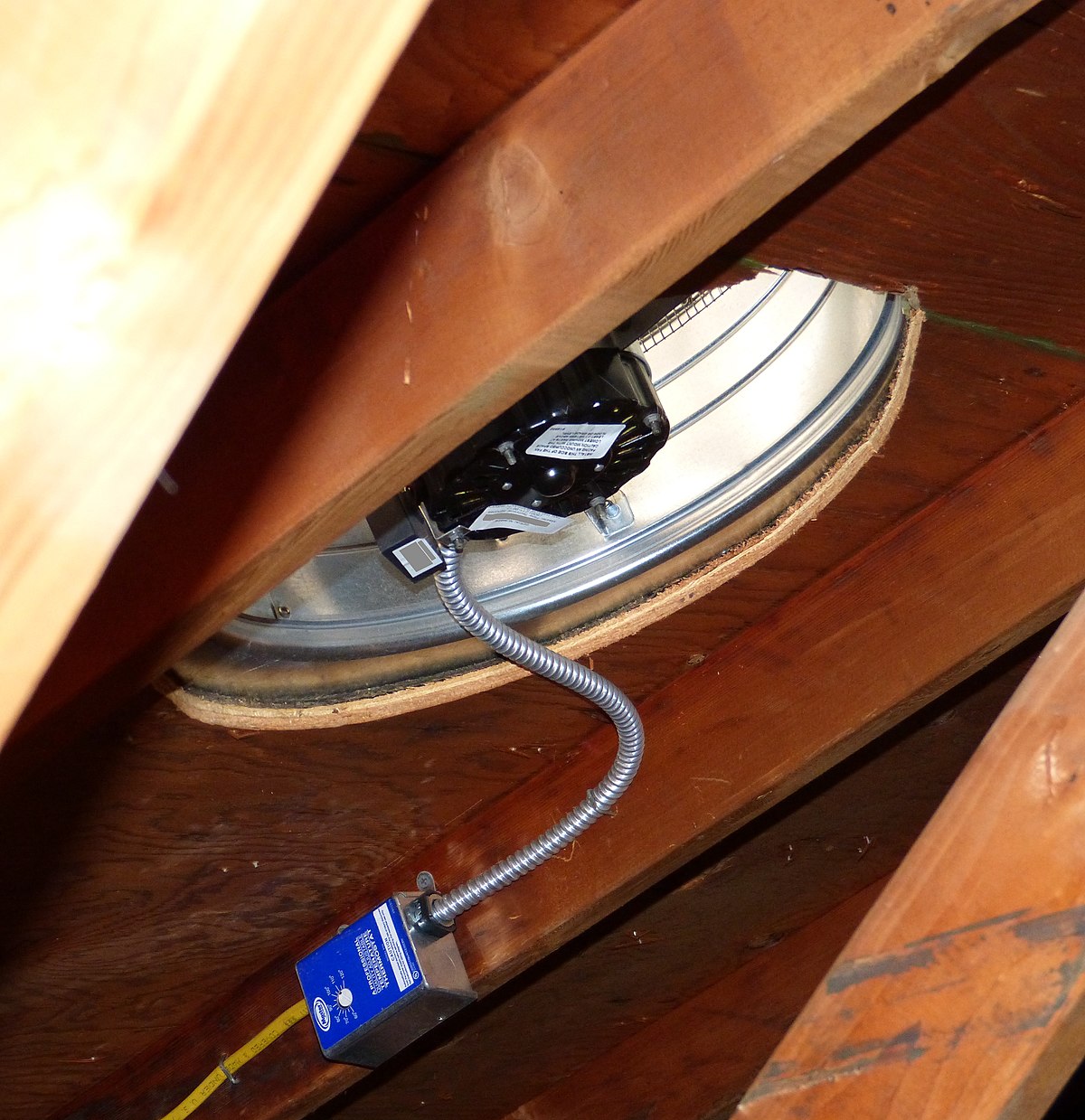

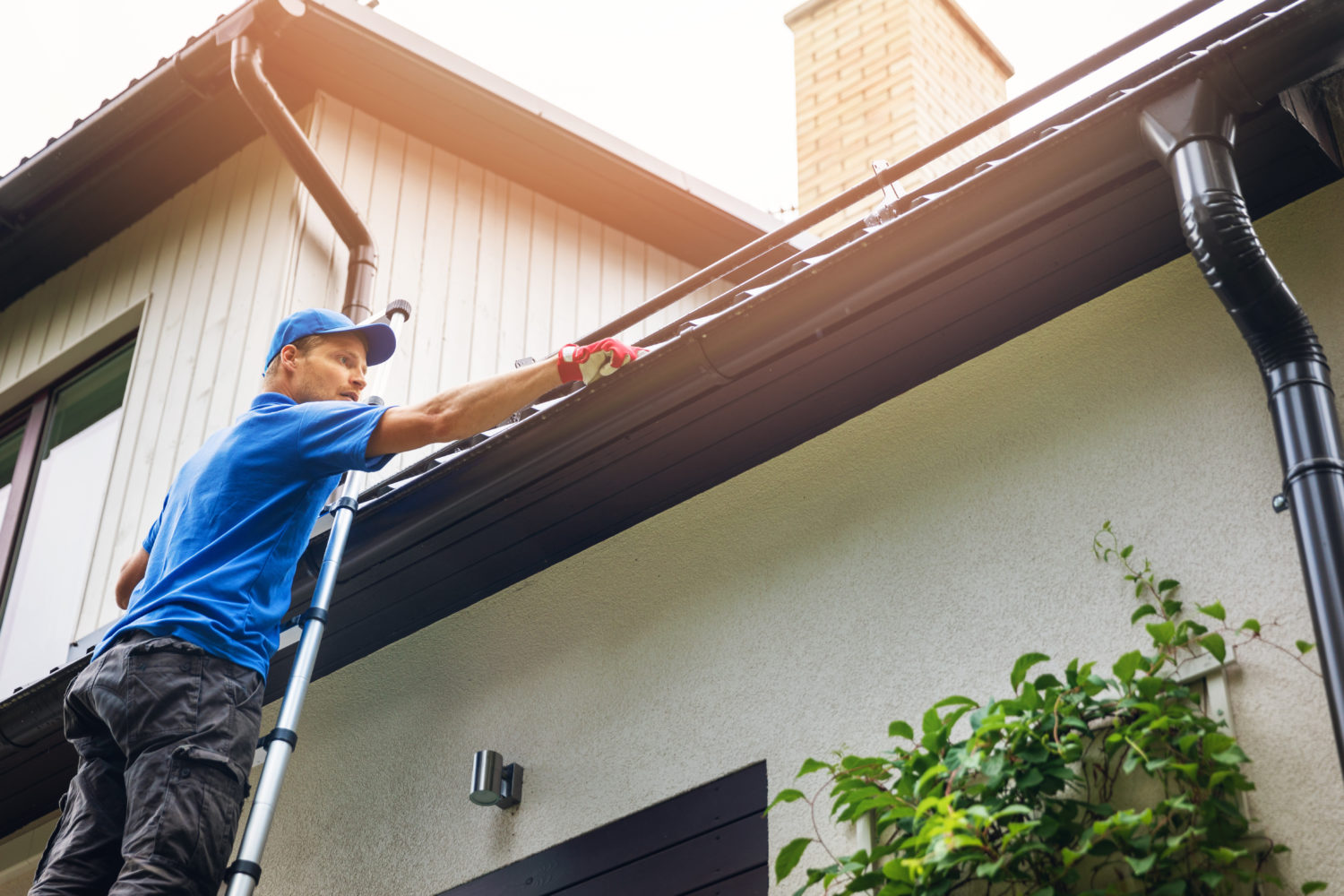

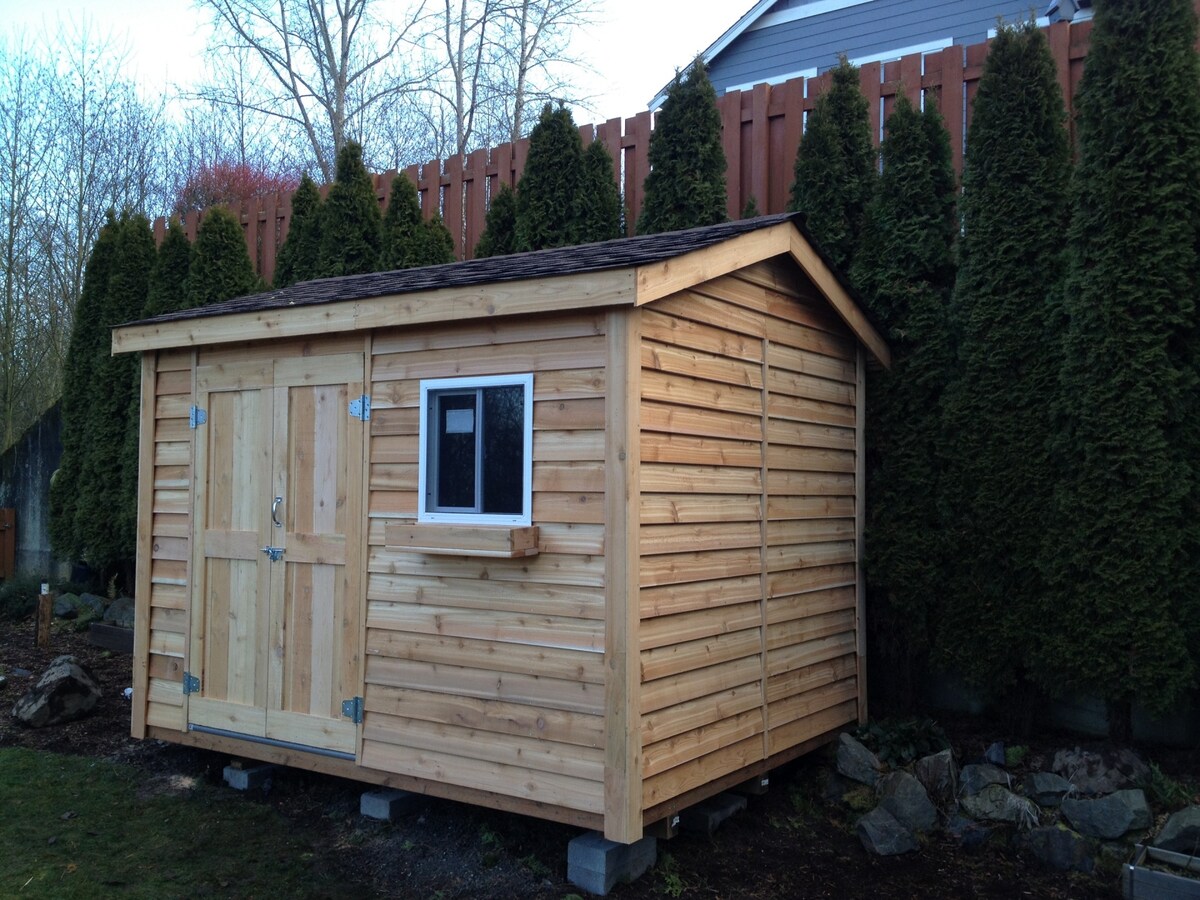



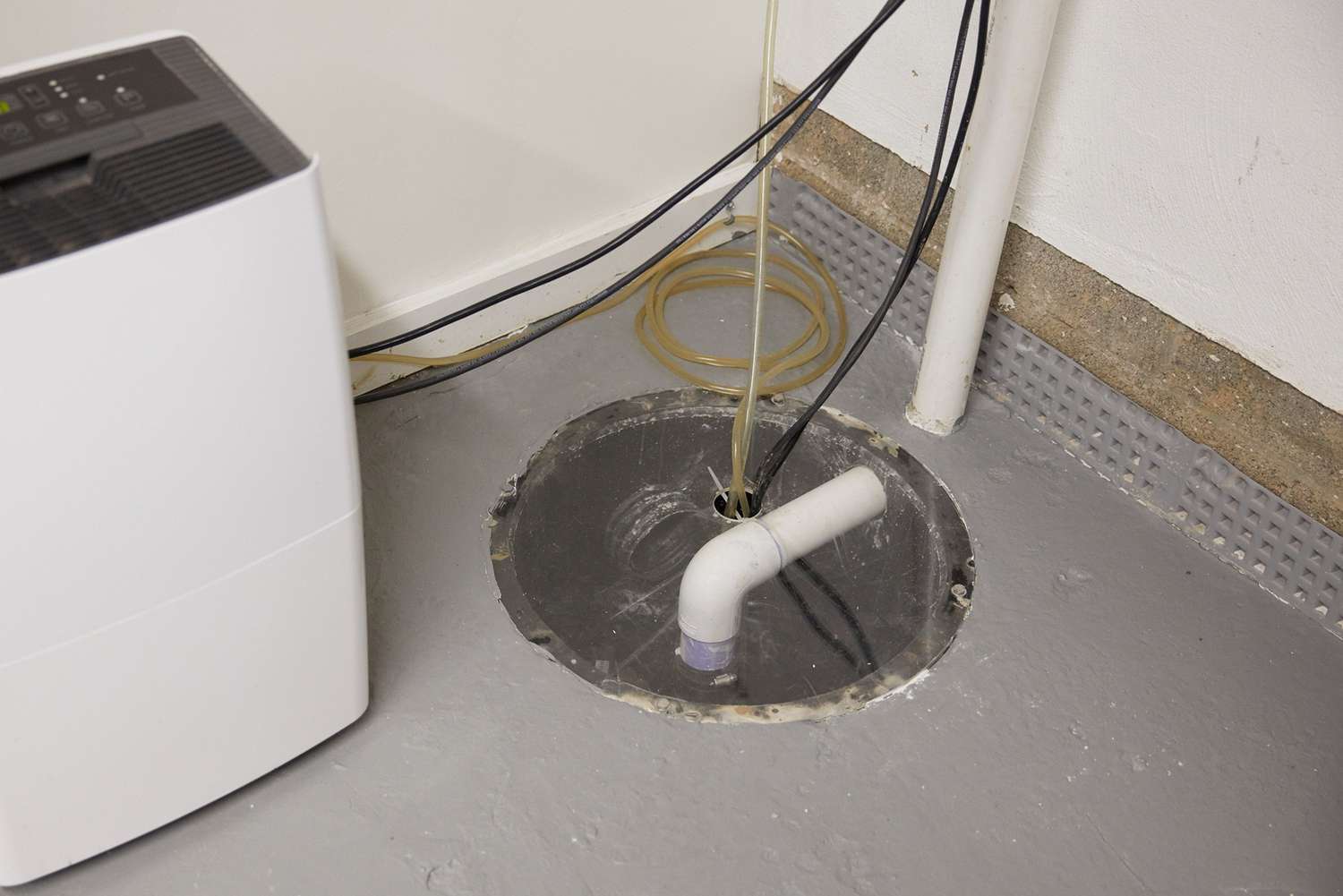


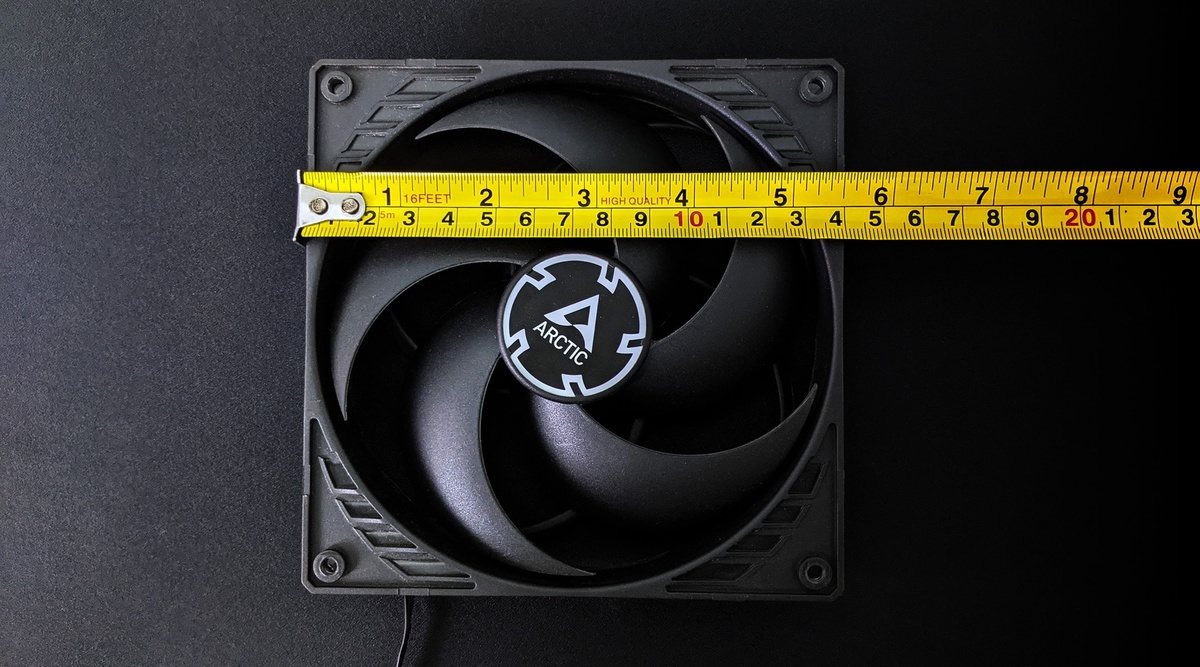


0 thoughts on “What Size Exhaust Fan Do I Need For My Garage”